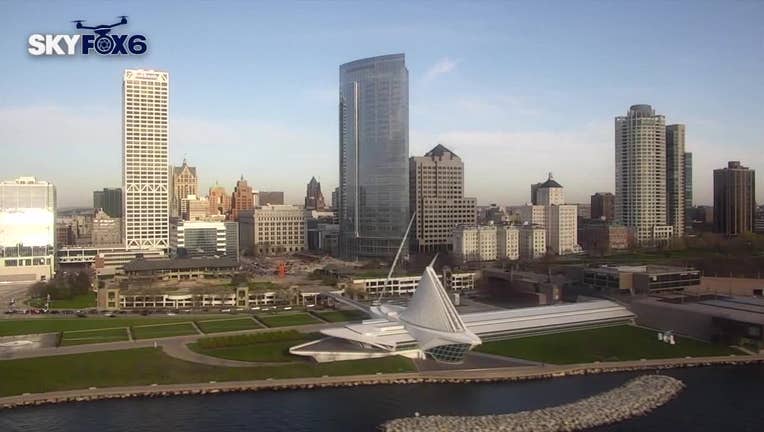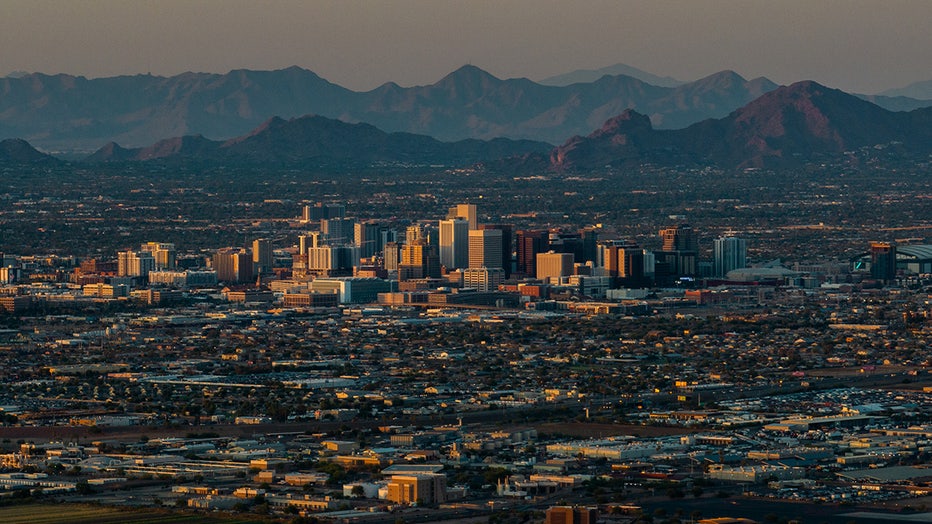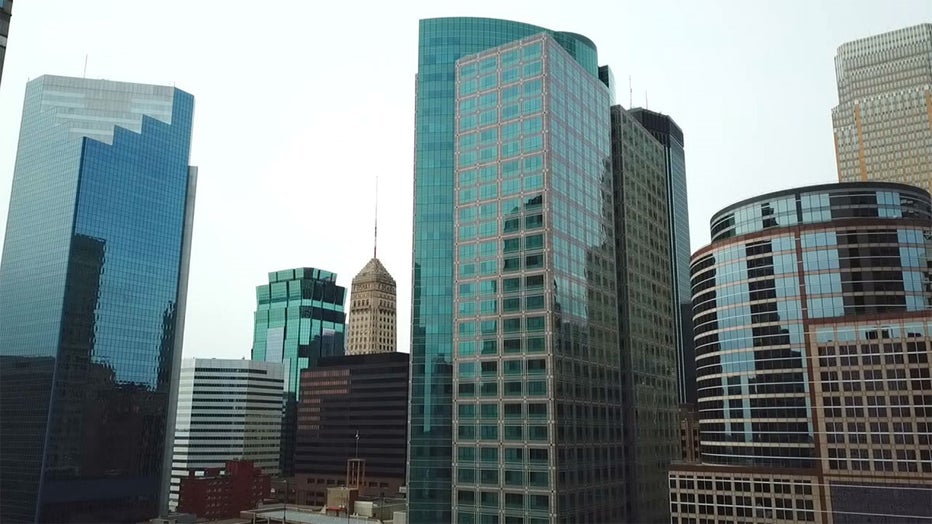America's cities are sinking, and that could be a big problem

MILWAUKEE - Turns out that sinking feeling is not just your imagination. In fact, many of America’s biggest cities are slowly sinking into the ground.
Sinking cities
What we know:
A major new study published in Nature Cities found that all 28 of the most populated U.S. cities are experiencing what's called land subsidence.
Land subsidence is the gradual sinking of the Earth’s surface. In all but three of those cities, at least 65% of the urban area is affected.

PHOENIX, ARIZONA - JULY 15: In an aerial view, the downtown skyline is seen during a heat wave on July 15, 2023 in Phoenix, Arizona. Weather forecasts today are expecting temperatures to reach 115 degrees. The Phoenix area is grappling with record-br
In some cases, the land is dropping by more than five millimeters per year. That may not seem like much, but that could have a big impact over time.
SIGN UP TODAY: Get daily headlines, breaking news emails from FOX6 News
What's causing it?
What we know:
According to the study, the leading cause is groundwater extraction. That is when a city pumps water from underground aquifers, leaving behind big empty spaces in the soil. That then causes the land above to collapse downward.
This is especially common in fast-growing urban areas like Houston, Dallas and Phoenix.
Milwaukee takes most of its water from Lake Michigan, but cities like Waukesha and Wauwatosa do rely on water from aquifers.
Other factors that are also at play include oil and gas extraction, and what's known as natural post-glacial rebound in places that were once compressed by ancient ice sheets.
Of course, there's also the weight of our cities themselves. Those buildings, roads, and infrastructure are all pressing down and, over time, add to the problem.
Why it's a problem
Why you should care:
According to the study, over 30 million people live in subsiding areas. That includes almost 30 thousand buildings in zones where the risk of structural damage is high or very high.
Sinking land doesn’t just mean a few cracks in the sidewalk. It threatens roads, bridges, homes, water lines, and public safety.
It also makes flooding worse, especially as climate change intensifies storms and sea-level rise.
FREE DOWNLOAD: Get breaking news alerts in the FOX LOCAL Mobile app for iOS or Android

What you can do:
There isn't much an average citizen can do, but researchers do say city planners need to start treating subsidence like the ticking time bomb that it is.
That means using satellite and ground-level data to monitor land movement, updating building codes, and rethinking how we manage groundwater.
Smart planning today could save billions in damage and make for a safer tomorrow.
Want to read the full research article? Click here to learn more.
The Source: Information in this report is sourced from a study published in the Nature Cities online science journal, accessible through the link above.

